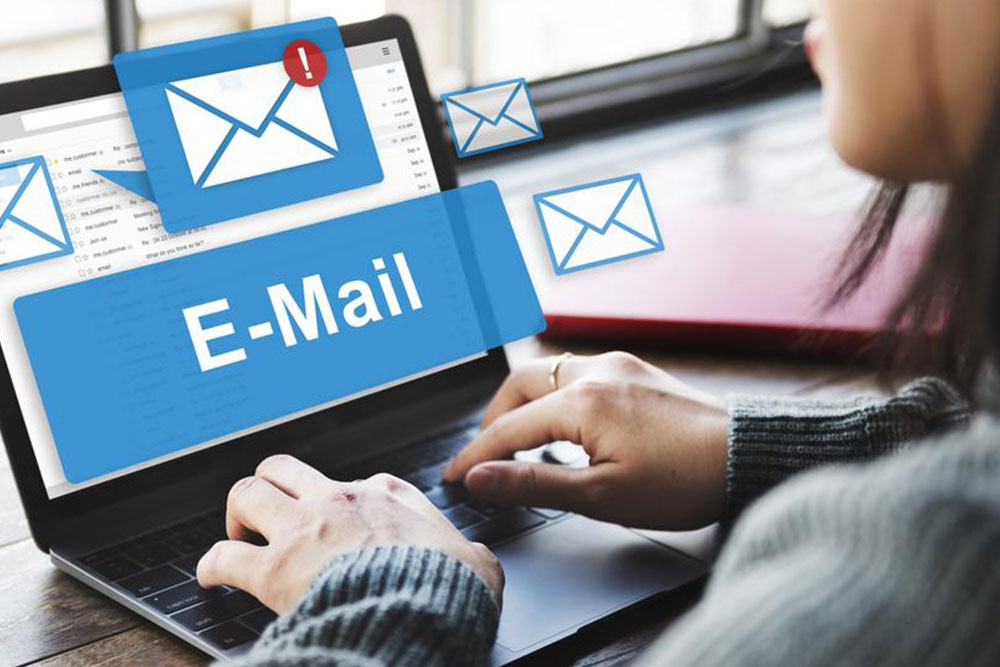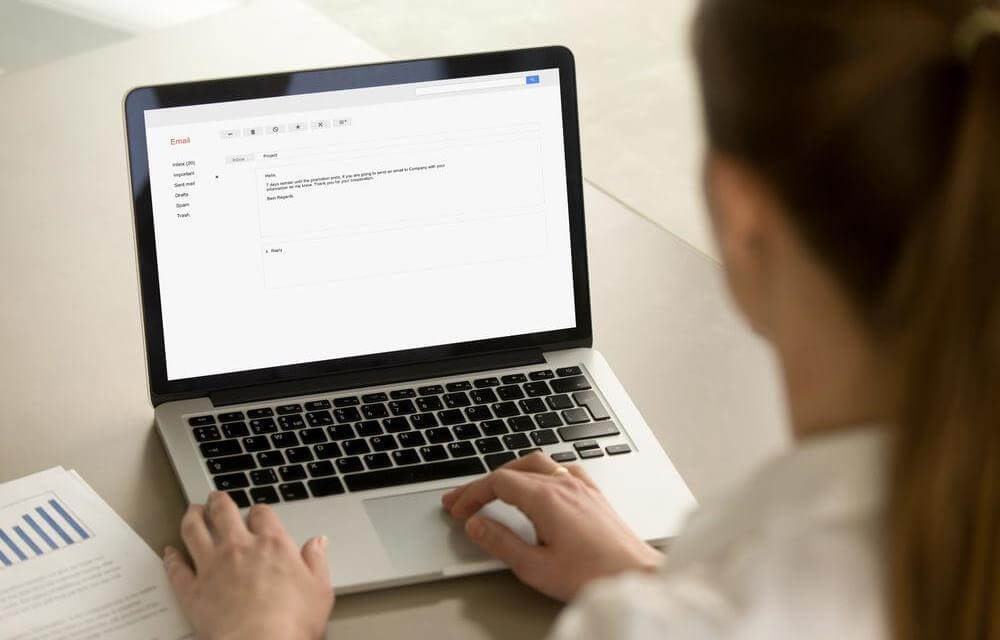Top 7 Practical Tips for Effective Email Communication
Discover seven practical tips to enhance your email communication skills. From maintaining brevity to professional signatures, these strategies ensure your emails are clear, respectful, and impactful. Learn how to proofread effectively, limit attachments, and respond promptly to foster better professional relationships and avoid miscommunication. Implement these easy tips to make your email exchanges more efficient and professional.

Top 7 Practical Tips for Effective Email Communication
Email remains one of the most essential tools for digital communication, allowing users to send messages, images, audio files, and documents seamlessly across devices. As the foundation of professional interaction and documentation, email helps streamline business and personal correspondences, replacing traditional handwritten letters with quick, efficient exchanges.
Here are seven key strategies to optimize your email usage:
Be Concise: Keep messages short and to the point. Avoid lengthy paragraphs; use bullet points and clear headings. Use brief, precise subject lines for clarity.
Know Your Audience: Since emails are primarily formal, avoid casual language or emojis. Be clear, respectful, and professional in your tone to achieve the desired impact.
Proofread Before Sending: Review your message for spelling, grammar, and punctuation errors to maintain professionalism. Well-polished emails prevent misunderstandings and project credibility.
Limit Attachments: Send only necessary files; compress large files into ZIP or RAR formats to prevent overwhelming recipients. Keep your antivirus software updated to avoid spreading malware through attachments.
Prompt Responses: Stay attentive to incoming emails and reply promptly with brief acknowledgments. Avoid marking messages as urgent unless truly necessary to prevent confusion.
Include a Signature: Add a professional signature with your name, position, company, contact info, and website. Avoid overly decorative fonts or graphics to maintain a serious tone.
Think Before Sending: Consider the content thoroughly before clicking ‘send’. Avoid emotional messages and double-check for typos or errors to prevent miscommunication or reputational damage.









